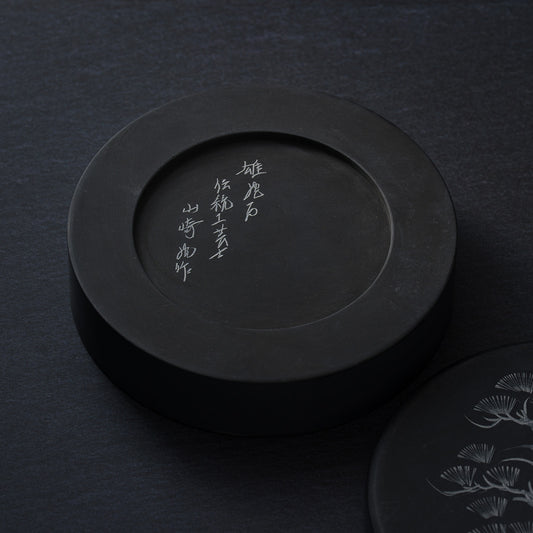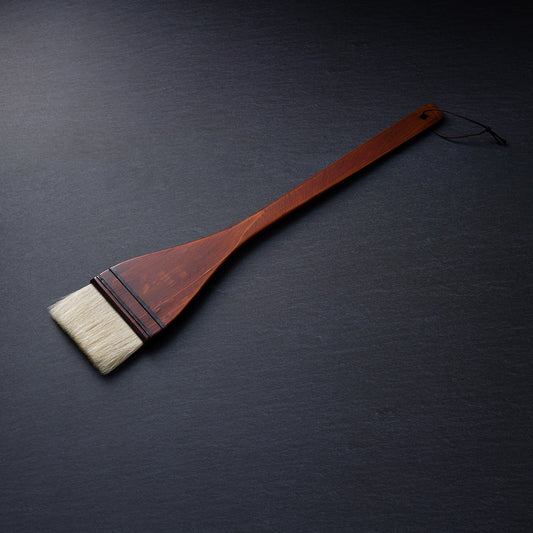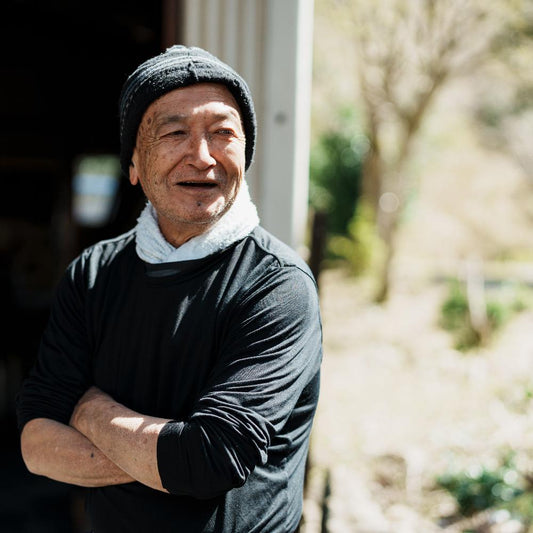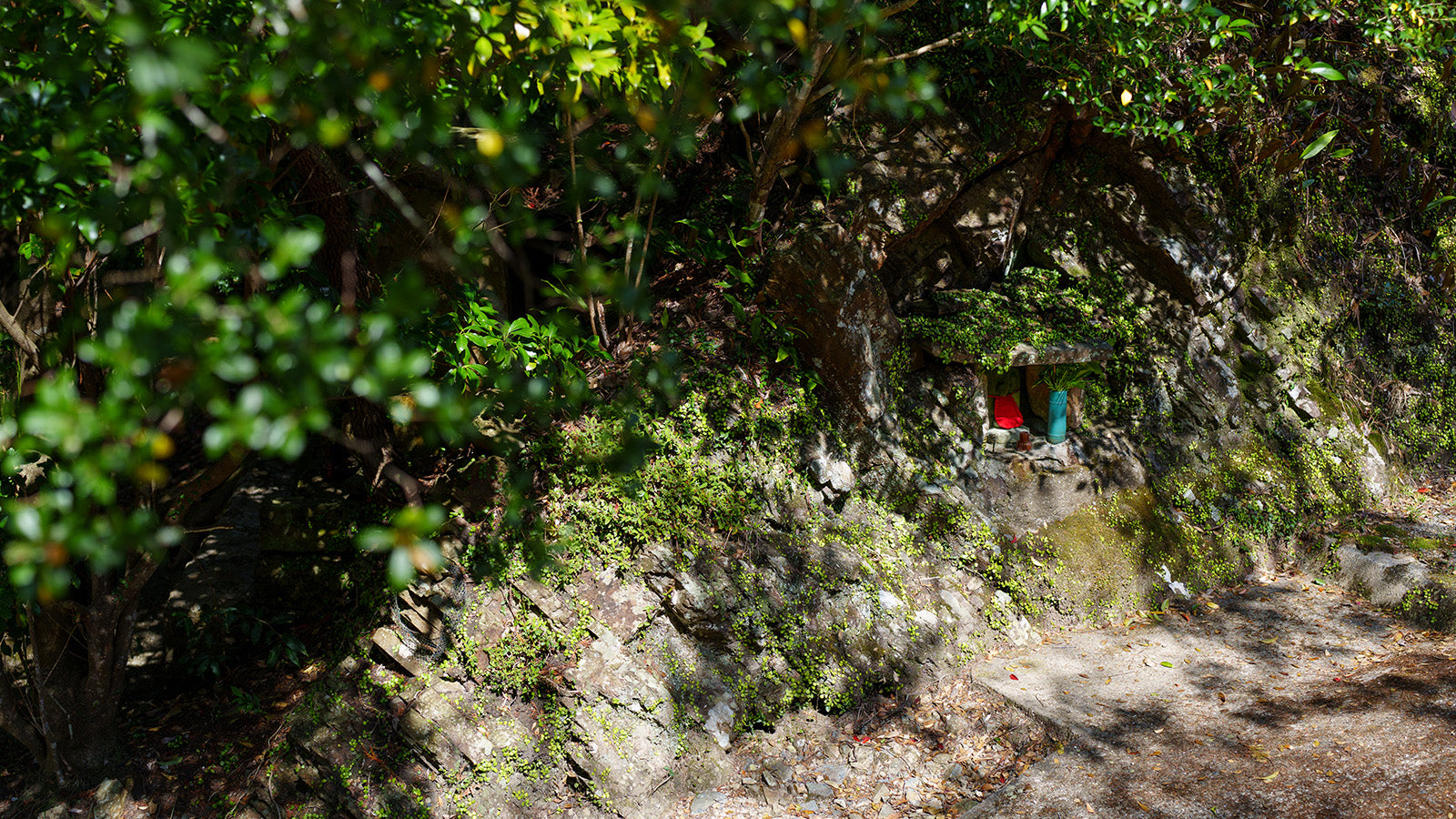
welcome to rimpamura
rimpamura is where Japanese craftspersons gather and collaborate.
craftsmen community
職人 SHOKUNIN
紀州松煙 Masao Horiike
The only pine-soot shokunin in Japan who makes pine-soot, the raw material for sumi ink.... more
奈良筆職人 Kazuo Suzuki
An Nara brush traditional shokunin who continues to captivate artists exploring new expressions...more
奈良墨墨匠 Atsushi Nagano
The 7th generation of Kinkoen, stirring up innovation in Sumi ink industry with over 6,000 Twitter followers..more
赤間硯 作硯家 Yoichi Hieda
Akama Suzuri shokunin, who also wears the face of an academic doctor...more
攀桂堂筆師 Junichi Fujino
The only brush maker in Japan that continues to produce special brushes cherished by the imperial family and esteemed individuals...more
川尻筆伝統工芸士 Koso Hata
The fourth-generation master of a KAWAJIRI brush workshop renowned for its exceptional quality in goat brushes, which require the highest level of craftsmanship.
The fourth-generation master of a KAWAJIRI fude house renowned for its exceptional quality in goat brushes, which require the highest level of craftsmanship.Featured collection
-
Gansai: Master-Grade Pigments by Japan's oldest and most established pigment merchant with over 270 years of histoy
Precio habitual $22.00Precio habitualPrecio unitario / por -
【Ogatsu Suzuri】 by Masaru Yamazaki
Precio habitual $645.00Precio habitualPrecio unitario / por -
EBAKE: The Superior Goat Hair Lay-In Brush
Precio habitual A partir de $36.00Precio habitualPrecio unitario / por -
【KISHU】IKIMATSU, good for calligraghy and sumie painting
Precio habitual $189.00Precio habitualPrecio unitario / por -
MIZUBAKE: The Superior Goat Hair Water Brush
Precio habitual $17.00Precio habitualPrecio unitario / por
what's new
Ver todo-

Maki Fude (cored brushes) vs Suihitsu (non-core...
A Makifude has Japanese paper wrapped around its core; therefore, only about one-third of the bristles on a Makifude brush are exposed for use, while the bristles of a Suihitsu...
Maki Fude (cored brushes) vs Suihitsu (non-core...
A Makifude has Japanese paper wrapped around its core; therefore, only about one-third of the bristles on a Makifude brush are exposed for use, while the bristles of a Suihitsu...
-
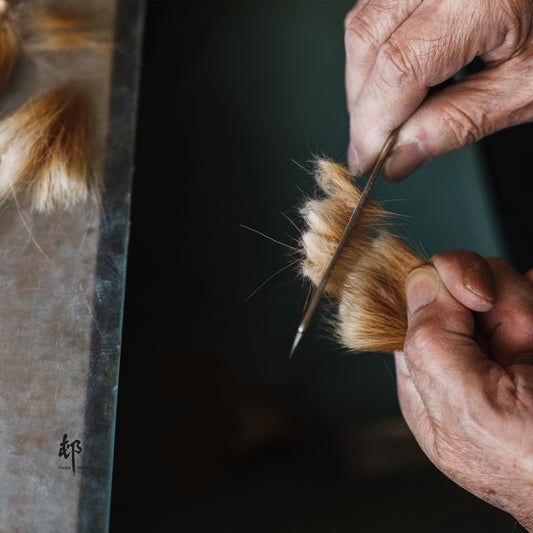
Two different ways of making brushes
Fude making has been practiced throughout Japan for centuries, and while the manufacturing methods can vary somewhat depending on the region and shokunin, they can be broadly categorized into two...
Two different ways of making brushes
Fude making has been practiced throughout Japan for centuries, and while the manufacturing methods can vary somewhat depending on the region and shokunin, they can be broadly categorized into two...
-

Season of Sumi making is over this year. Sumi i...
The production of sumi ink takes place during winter. This is because one of the raw materials for sumi, Nikawa glue, may not solidify or may even rot when it...
Season of Sumi making is over this year. Sumi i...
The production of sumi ink takes place during winter. This is because one of the raw materials for sumi, Nikawa glue, may not solidify or may even rot when it...
-

Yoichi Hieda awarded at the 47th Yamaguchi Trad...
It is our great pleasure to announce that Yoichi Hieda is awarded the "Japan Crafts Association Yamaguchi Branch Director's Award", the equivalent of the first prize, at the 47th Yamaguchi...
Yoichi Hieda awarded at the 47th Yamaguchi Trad...
It is our great pleasure to announce that Yoichi Hieda is awarded the "Japan Crafts Association Yamaguchi Branch Director's Award", the equivalent of the first prize, at the 47th Yamaguchi...



